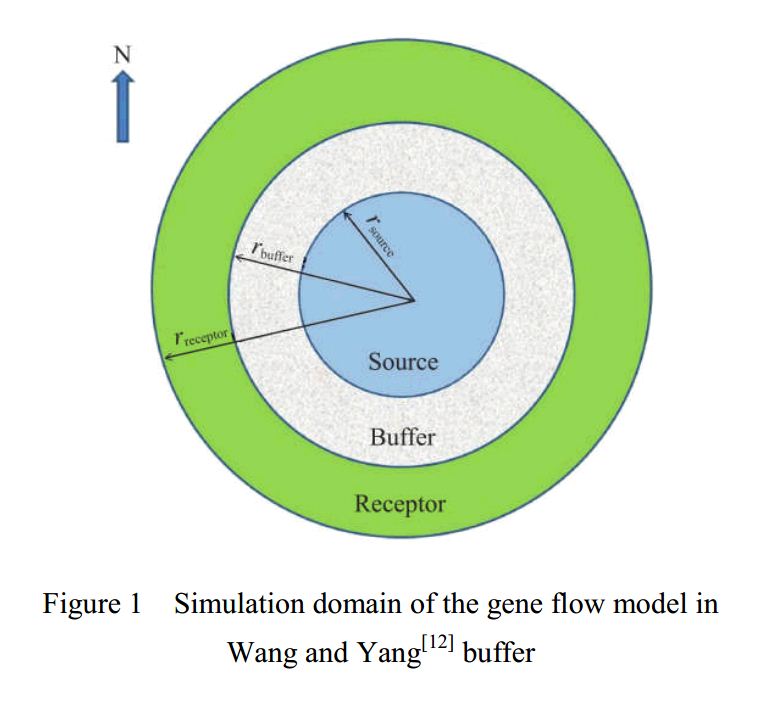The overall goal of the project is to develop an internet decision tool and provide data through experiments and modeling that can be used by regulatory agencies, the industries, farmers and the general public about the potential gene flow (pollen and seed dispersion, deposition and outcrossing) from round-up resistance horseweed and to offer guidelines for the prevention of gene flow under different meteorological and environmental conditions.
Pollen-mediated gene flow from transgenic crops is a concern of the scientific community as well as the general public. Although a common practice, the use of male-sterile bait plants in field trials to demonstrate rates of gene transfer has been questioned due to the lack of pollination competition.
Pollen-mediated gene flow from transgenic crops is a concern of the scientific community as well as the general public. Current lack is a nondestructive method to measure dynamic (hourly or shorter time period) source pollen release rate (source strength) from these crops.
Pollen-mediated gene flow from transgenic crops is a concern of the scientific community as well as the general public. Current lack is a nondestructive method to measure dynamic (hourly or shorter time period) source pollen release rate (source strength) from these crops.
Gene flow data from experiments under limited environmental conditions (e.g. wind speed and direction, atmospheric stability) have only provided limited information for gene flow risk management. It is necessary to apply models to predict the gene flow under a complete set of possible environmental conditions to inform farmers, seed companies, government agencies, and researchers about the risks and potential prevention and precaution methods.


